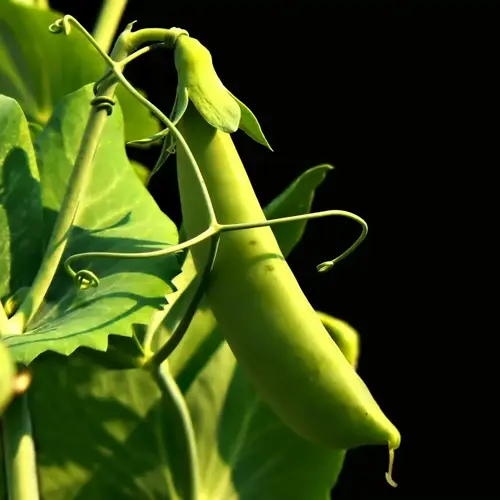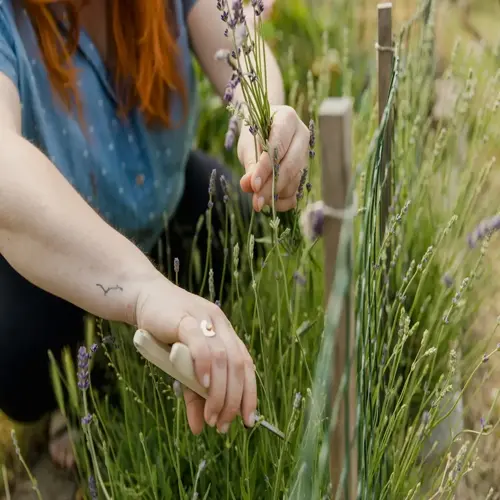What companion plants should be avoided near turnips?

Written by
Tina Carter
Reviewed by
Prof. Samuel Fitzgerald, Ph.D.Companion planting is a significant factor in turnip success, as it influences pest pressure and nutrient availability. Some plants cause turnips to enter bad relationships due to either competition or attraction of pests. Recognizing these negative companions will enable you to avoid counterfeit growth and disease. I have observed that spacing relationships can have a dramatic impact on yields in my garden beds.
Brassica Family Plants
- Share pests like cabbage worms and flea beetles
- Compete for identical soil nutrients
- Increase cross-contamination of fungal diseases
- Includes cabbage, kale, and broccoli
Pole Beans
- Aggressive nitrogen consumption starves turnips
- Tall growth creates excessive shading
- Root entanglement distorts turnip development
- Choose bush beans instead for compatibility
The worst companions cause many problems at once. Potatoes are susceptible to verticillium wilt and can deplete potassium. Mustard greens attract flea beetles, which then jump to your turnips. Strawberries' shallow roots will seek moisture and nutrients. I keep them at least 3 feet apart from turnips.
Use protective strategies when space is tight. For example, use barrier crops, such as onions, between turnips and brassicas. Use physical row covers to prevent pest migration. Rotate beds on an annual basis to break disease cycles. I like to plant marigolds as sacrificial trap crops to draw pests away from turnips.
Beneficial Companions
- Peas fix nitrogen improving turnip growth
- Alliums repel aphids and flea beetles
- Herbs like mint deter cabbage moths
- Nasturtiums act as trap crops
Rotation Strategies
- Follow turnips with nitrogen-fixing legumes
- Avoid replanting brassicas for 3 years
- Incorporate disease-suppressing mustard cover crops
- Map garden beds annually
Companion conflicts arise from biological interactions. For example, brassicas release chemical signals that attract common pests. Both potatoes and turnips require a significant amount of potassium. Recognizing these patterns enables me to develop more effective garden plans. I group plants that have synergistic needs instead of competing demands.
Read the full article: When to Plant Turnips for Best Results

